I thought all my chargers were the same, but that assumption cost me hours of slow charging—until I learned about six crucial differences I’d been ignoring.
Not All Chargers Deliver the Same Power Output
First and foremost, not all phone chargers deliver the same power output. They might look almost identical, but what really matters is how much power they actually transfer to your phone. And that power, measured in watts, directly affects how fast your phone charges. Basically, the higher the wattage, the quicker the charge (assuming your phone supports it).
Charging power is determined by two key factors: volts, which refer to the strength of the current, and amps, which indicate the amount of current flowing. You can usually find this information in the tiny print on your charger, listed as something like “Output: 5V ~ 2A” or “Output: 9V ~ 3A.”
Multiply those numbers—volts times amps—and you will get the wattage. For example, 5 volts multiplied by 2 amps equals 10 watts, while 9 volts times 3 amps gives you 27 watts. That said, a high-wattage charger doesn’t always guarantee faster charging. Every phone has built-in limits and will only draw as much power as it’s designed to handle.
So, if your phone supports up to 25 watts, and you plug it into a 66-watt charger, it won’t magically charge faster. It’ll still only draw 25 watts, and the extra capacity from the charger will go unused. Fortunately, this built-in control makes the process safe, so using a higher-wattage charger won’t damage your device.
Fast Charging Isn’t Universal
Just because a charger says “fast charging” doesn’t mean it will deliver top-speed charging for every device. Different brands use different fast-charging technologies, so a charger that’s super quick for one phone might be noticeably slower on another.
Take Samsung, for example. Its Super Fast Charging system uses PPS (Programmable Power Supply) to adjust the voltage and current while charging. However, this setup is specifically designed to work best with Samsung devices. So, if you use that same charger on a Xiaomi or OnePlus phone, it’ll still charge, but probably just at normal speeds.
And Samsung isn’t the only brand with its own proprietary system. For example, OnePlus has Warp Charge, and Xiaomi offers HyperCharge. The problem is that these systems don’t always work well together. Even if your charger has a high wattage rating, it won’t deliver fast charging unless it supports the specific protocol of your phone.
After all, third-party chargers aren’t all bad. In fact, many brands support widely used fast-charging protocols, such as USB-PD (Apple uses this open standard) and Qualcomm Quick Charge. These can work well across different devices and offer solid performance. However, even with the best third-party options, you might still notice slight differences. They often aren’t as fast or reliable as the original charger, which is designed specifically for your phone.
Cable Quality Matters More Than I Thought
Cables may look similar, but underneath, they’re built very differently. Good-quality cables use thicker wires and better conductive materials like pure copper, which allows more current to pass through smoothly and efficiently. Cheaper ones often use thinner wires and low-grade alloys, which create resistance. That resistance leads to voltage drops and slower charging speeds.
Another factor to consider is cable length. The longer the cable, the more resistance it adds, which reduces charging speed further. It’s one reason your device might be charging slowly. For everyday use, a cable between 3 and 6 feet is usually sufficient. However, if you need a longer cable, make sure to invest in one with thicker wires and better materials.
Besides the materials and length of your cable, its current capacity also plays a big role in charging speed. Most USB cables can handle 2–3 amps, which works fine for most devices. But if you’re using a fast-charging adapter or a device that supports higher currents, you’ll need a cable with more capacity.
Otherwise, the cable becomes the bottleneck, regardless of how powerful your charger is or how advanced your phone’s battery is. For instance, the Samsung 45W Super Fast Charger only delivers its full 45W when paired with a 5-amp USB-C cable. The one that comes with your phone just isn’t built for that kind of power.
If you’re still unsure which cable to choose, look for certifications like USB-IF or MFi (Apple). These ensure the cable meets safety standards, supports fast charging, and prevents overheating or voltage spikes. While uncertified cables might be cheaper, they can slow charging or even harm your battery over time.
Wireless Charging Has Its Own Limitations
Wireless charging seems so convenient, and in many ways, it is. Dropping your phone on a pad without dealing with tangled cables is a comfort in today’s fast-paced lives. However, like most things in life, wireless charging has its downsides.
First, wireless charging is not entirely wireless. Sure, you don’t have to plug your phone in, but the charging pad still needs to be connected to a power source with a cable. So, while it cuts down on cords, you’ll still need an outlet or a USB port for the pad to work.
Heat is another issue. Wireless charging typically generates more heat than wired charging; over time, that extra warmth can negatively affect your phone’s battery health. Smartphones are designed to manage heat, but repeated exposure to high temperatures can reduce battery efficiency and lifespan.
Another limitation of wireless charging is its slower speed than traditional wired chargers. While most wired chargers can fully charge a phone in about an hour, wireless chargers can take up to three hours to reach full capacity. This is because energy needs to be transferred through an electromagnetic field, which is less efficient than a direct connection.
Then there’s the speed issue. Wireless charging is usually slower than charging with a cable. A good wired fast charger can charge your phone from 0 to 100% in about an hour, but wireless chargers may take 2.5 to 3 hours to complete the same task. That’s because wireless charging uses an electromagnetic field to transfer power, which isn’t quite as efficient as a direct wired connection.
All of this doesn’t mean wireless charging is bad. It’s still a good choice for overnight charging or if you’re looking for a neat, cord-free setup at your desk. But it’s good to keep its drawbacks in mind, especially if you need quick top-ups throughout the day.
GaN Chargers Are the Future
I hadn’t even heard of GaN chargers until recently, but now that I’m using one, I’m never going back. GaN, which stands for Gallium Nitride, replaces traditional silicon technology, making chargers smaller, more efficient, and cooler, even when handling high power levels.
Unlike regular silicon chargers that tend to be bulky and heat up with higher wattages, GaN handles power more efficiently, wasting less energy as heat. Even better, they support modern standards like USB Power Delivery, so you can fast-charge your iPhone, Android device, tablet, or laptop using the same compact charger. Many even come with multiple ports, so you can charge multiple devices simultaneously without sacrificing speed.
While GaN chargers cost slightly more than traditional ones, their performance and convenience make them worth it. They are perfect if you want to charge faster, save space, and future-proof your setup for whatever devices you use next.
Some high-end GaN chargers take it even further, offering outputs of 100 watts, 200 watts, or more, all while staying lightweight and easy to carry. Instead of juggling a separate charger for every device, one GaN charger can handle everything you need, making it a solid upgrade.
After learning all this, I stopped treating chargers as just an afterthought. So, if you’re in the market for a new charger, don’t just settle for the cheapest option. Take a minute to check three things: the wattage rating, whether the cable supports fast charging, and if both match your phone’s charging standard.


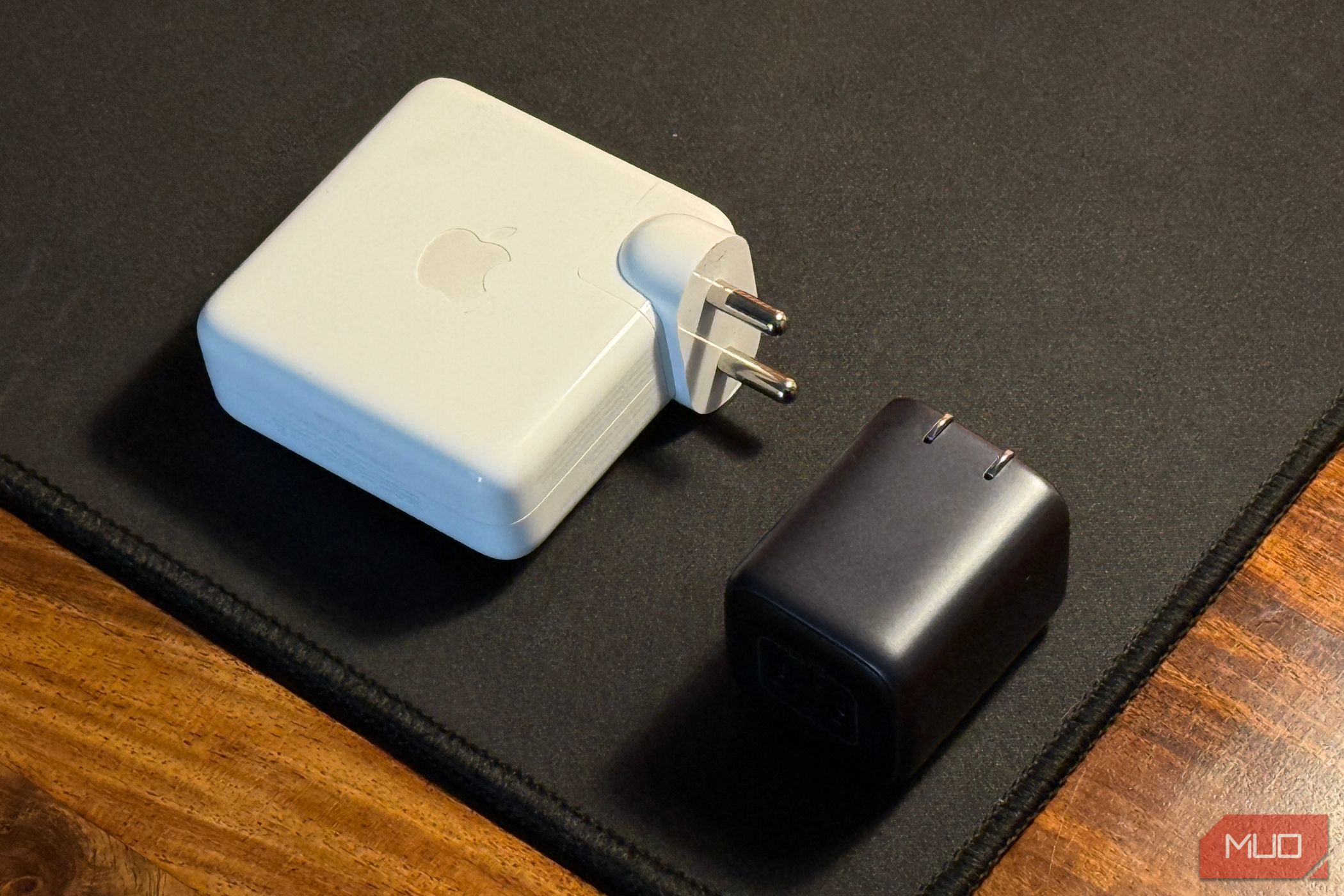
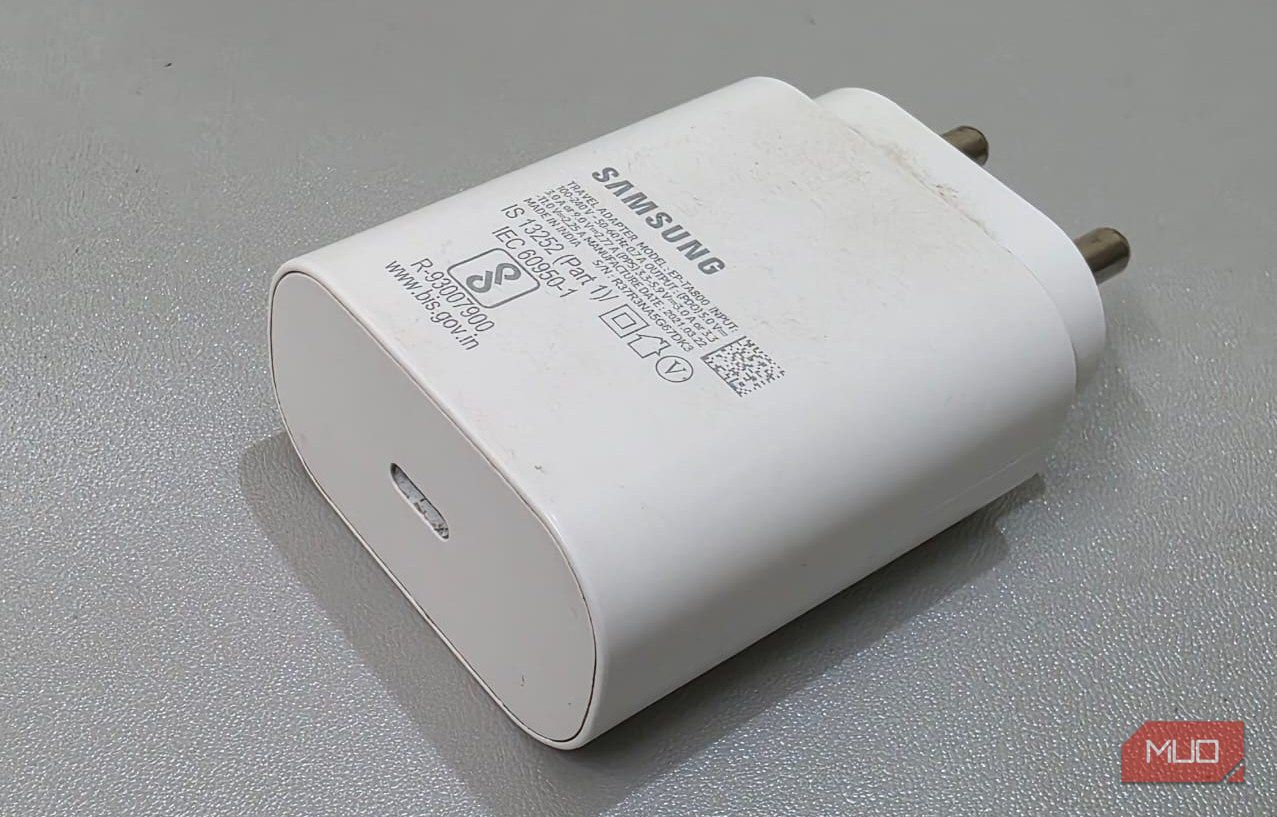
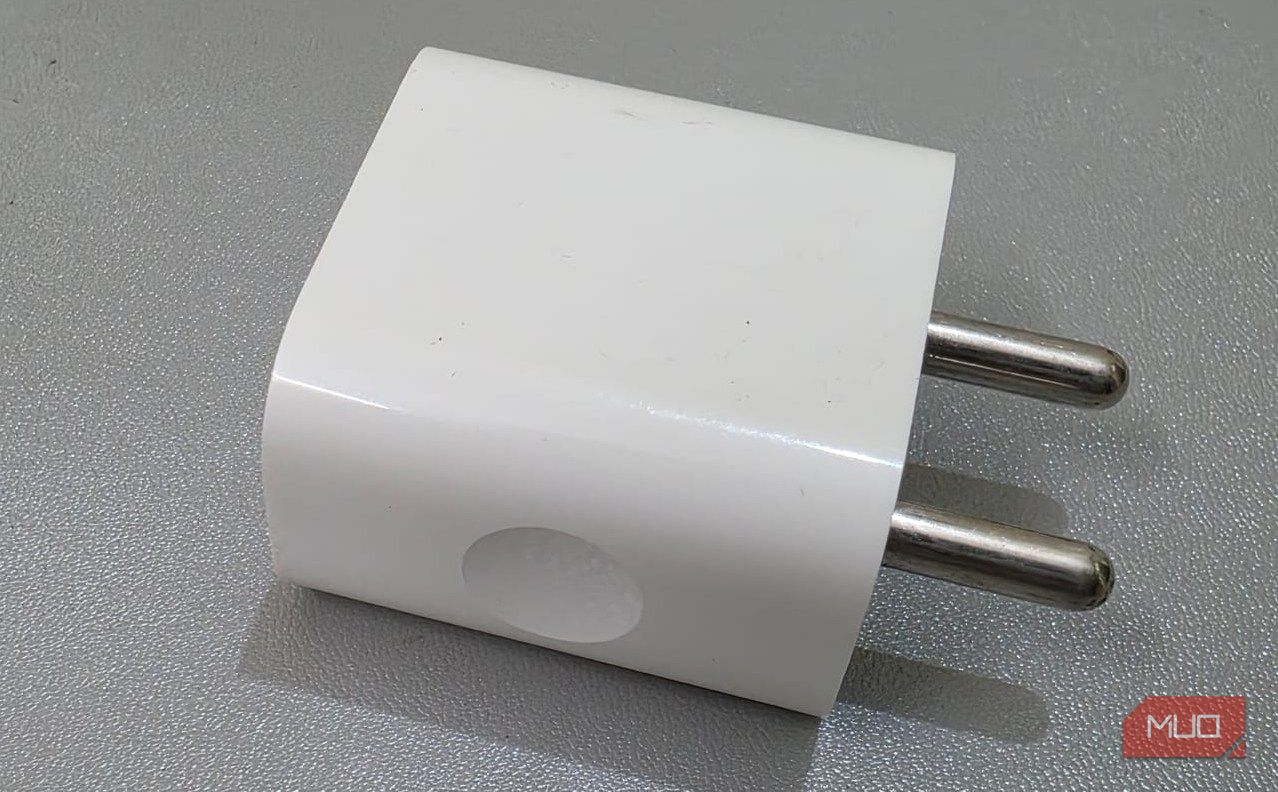
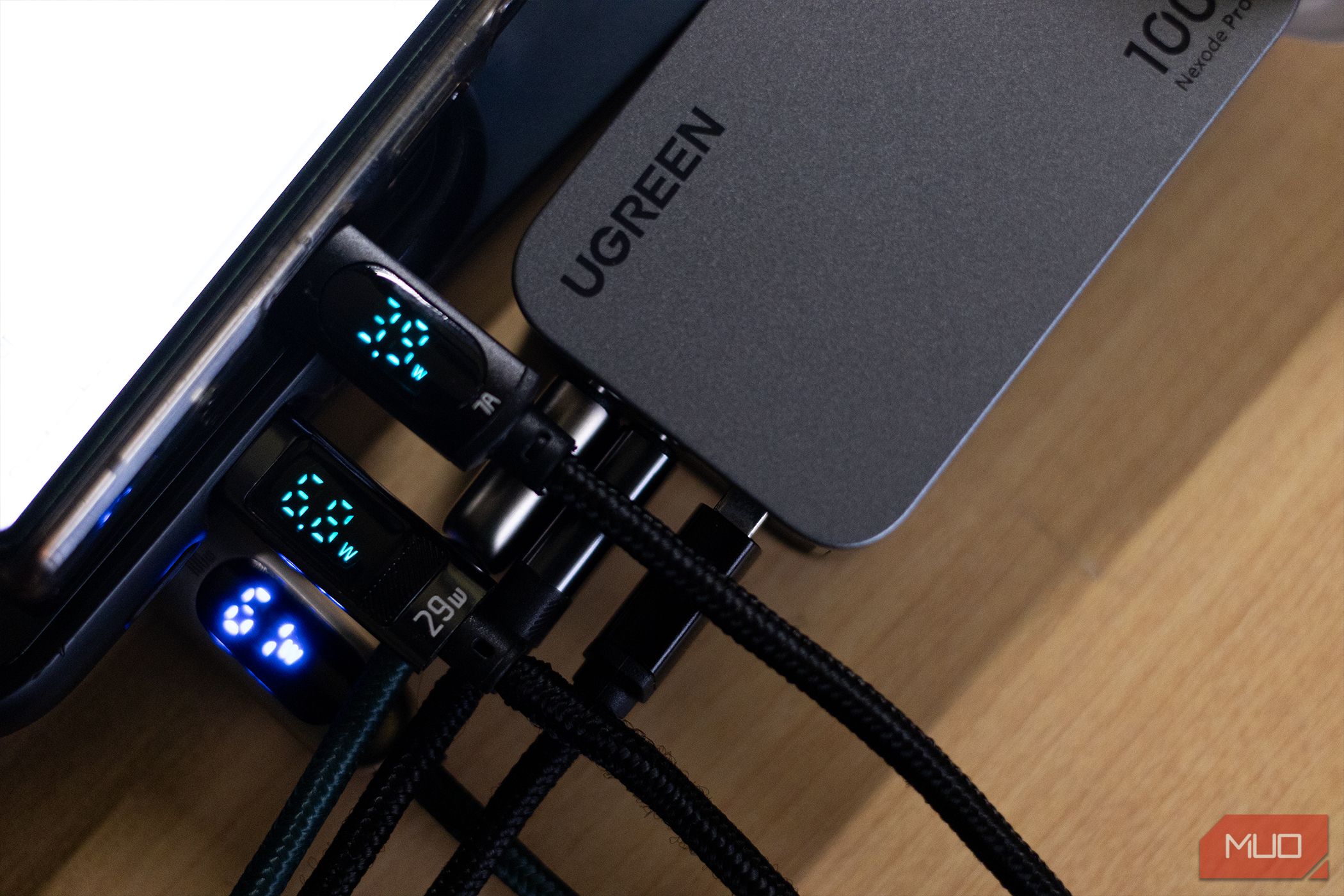
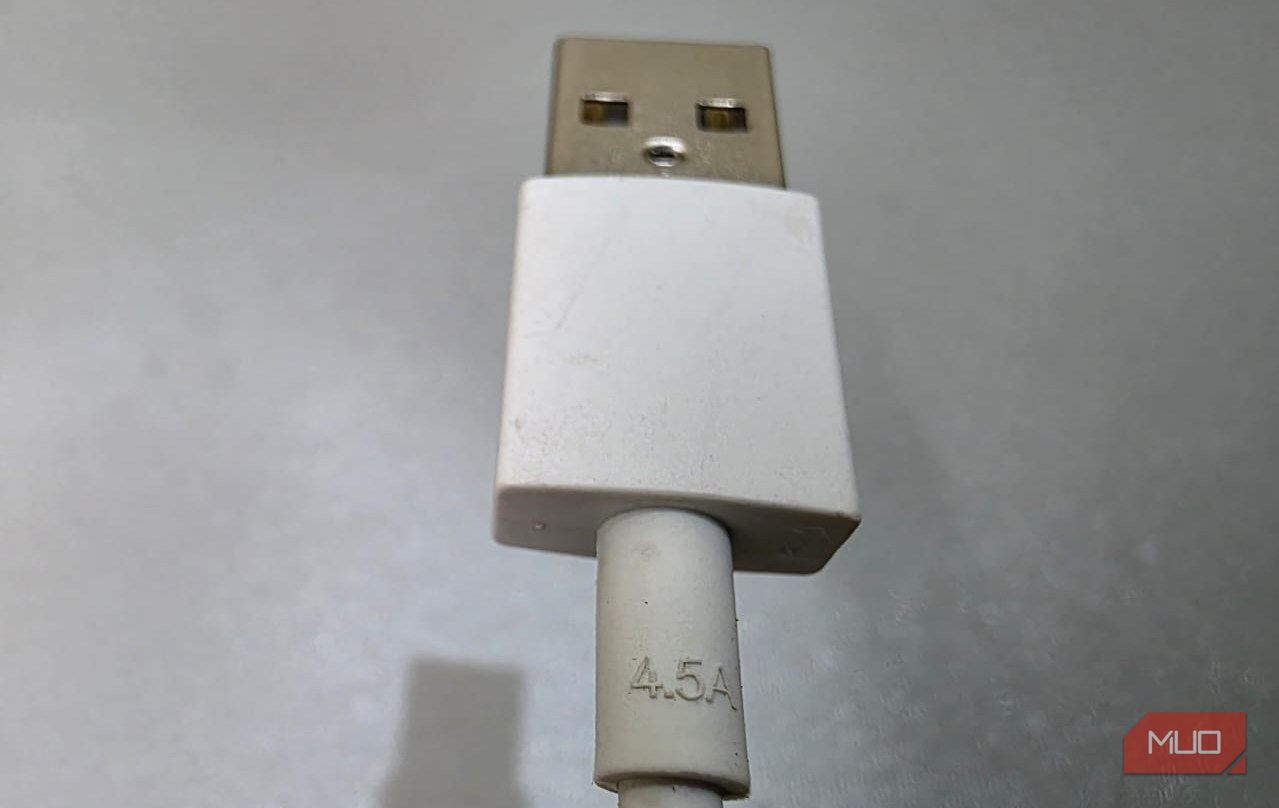
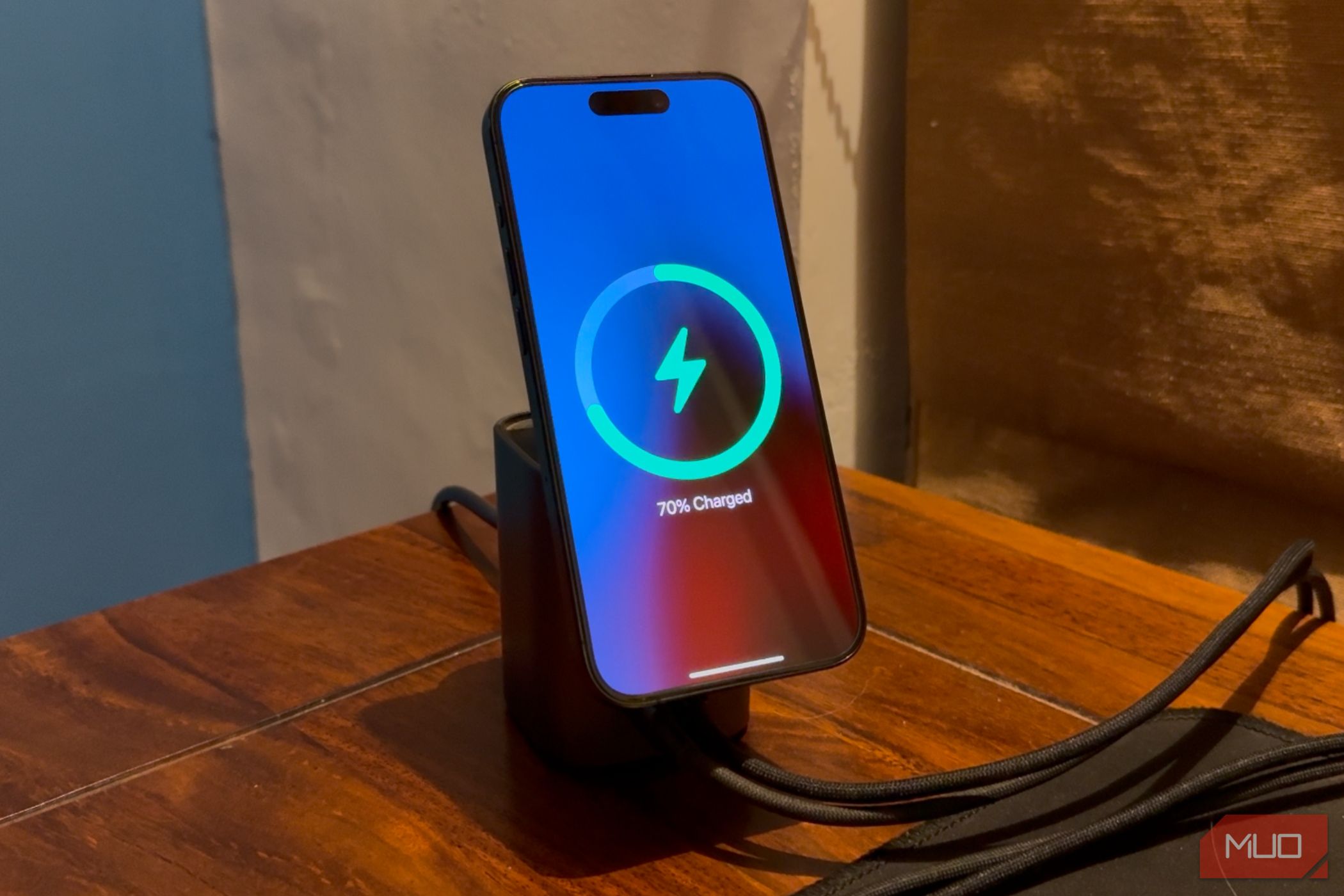
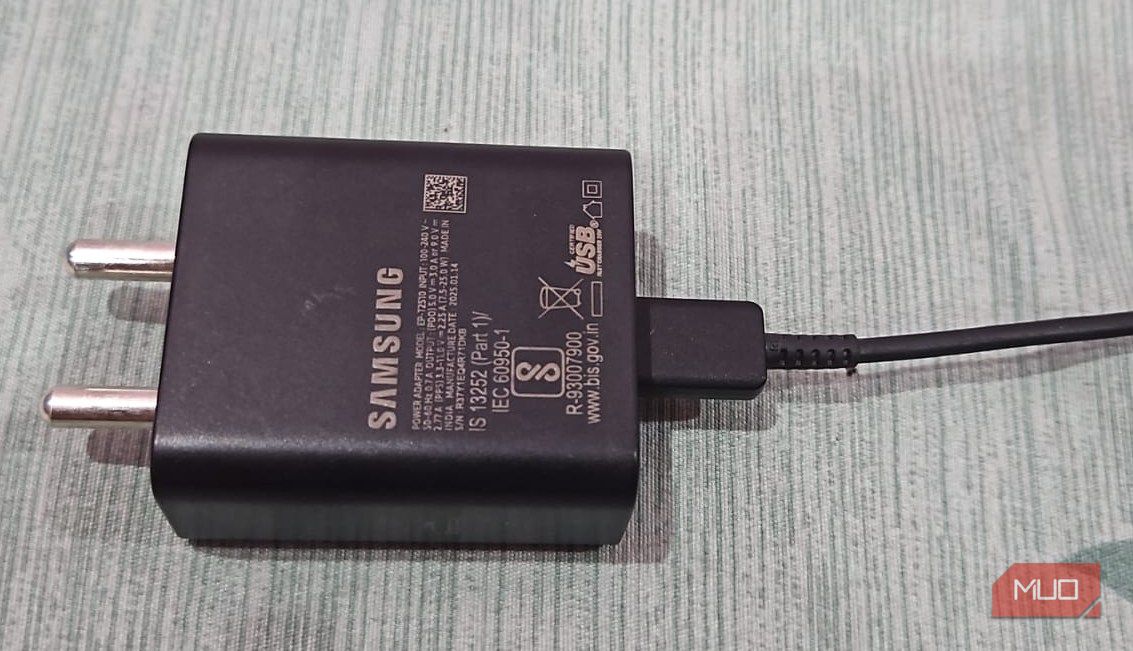
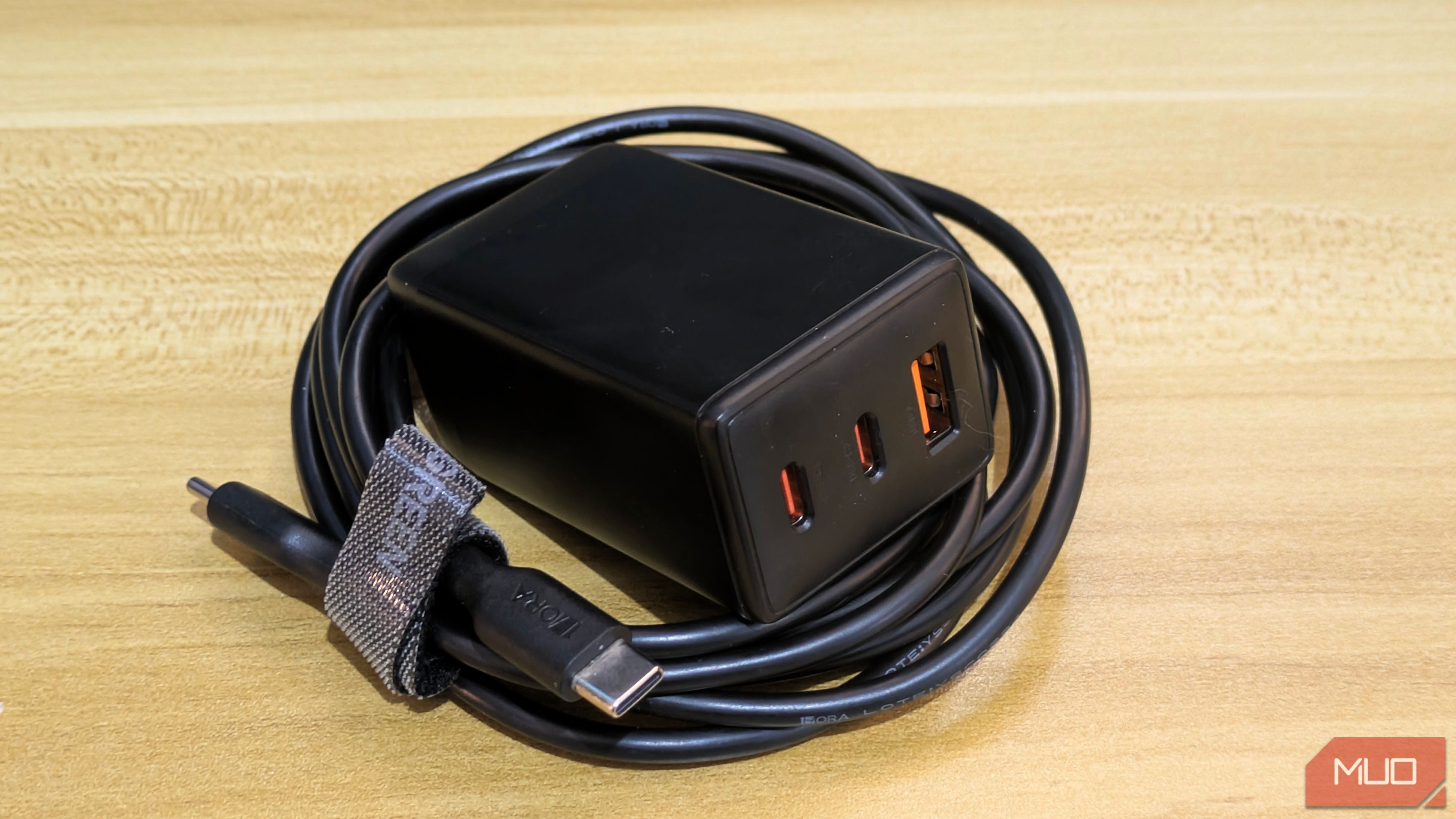



:max_bytes(150000):strip_icc()/twoku-twtich-roku-app-2053432b763a40d788ef726974d9ed2a.png?w=1174&resize=1174,862&ssl=1)

Leave a Comment
Your email address will not be published. Required fields are marked *